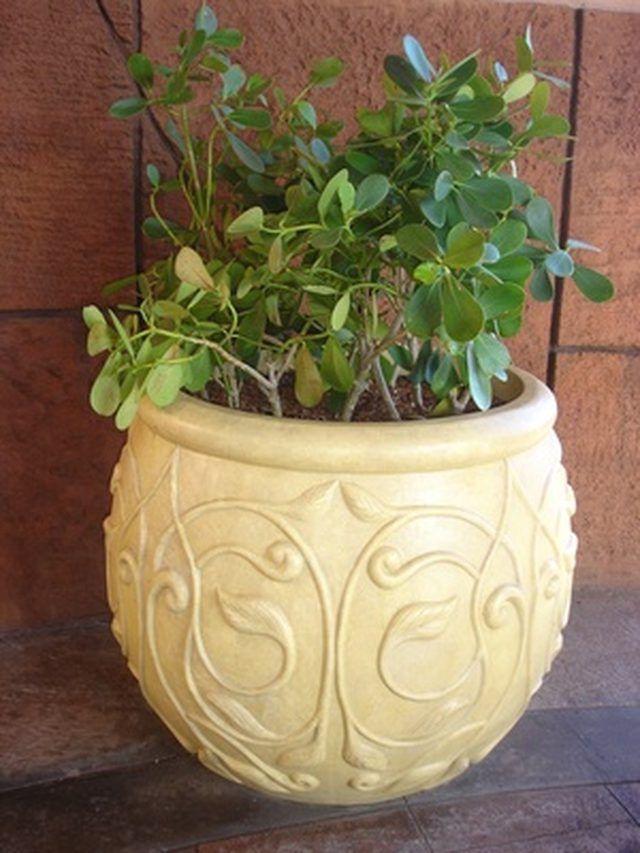Bulbs
Flower Basics
Flower Beds & Specialty Gardens
Flower Garden
Garden Furniture
Garden Gnomes
Garden Seeds
Garden Sheds
Garden Statues
Garden Tools & Supplies
Gardening Basics
Green & Organic
Groundcovers & Vines
Growing Annuals
Growing Basil
Growing Beans
Growing Berries
Growing Blueberries
Growing Cactus
Growing Corn
Growing Cotton
Growing Edibles
Growing Flowers
Growing Garlic
Growing Grapes
Growing Grass
Growing Herbs
Growing Jasmine
Growing Mint
Growing Mushrooms
Orchids
Growing Peanuts
Growing Perennials
Growing Plants
Growing Rosemary
Growing Roses
Growing Strawberries
Growing Sunflowers
Growing Thyme
Growing Tomatoes
Growing Tulips
Growing Vegetables
Herb Basics
Herb Garden
Indoor Growing
Landscaping Basics
Landscaping Patios
Landscaping Plants
Landscaping Shrubs
Landscaping Trees
Landscaping Walks & Pathways
Lawn Basics
Lawn Maintenance
Lawn Mowers
Lawn Ornaments
Lawn Planting
Lawn Tools
Outdoor Growing
Overall Landscape Planning
Pests, Weeds & Problems
Plant Basics
Rock Garden
Rose Garden
Shrubs
Soil
Specialty Gardens
Trees
Vegetable Garden
Yard Maintenance
Guide for Plant Pot Sizes
Guide for Plant Pot Sizes. Many types of traditional and creative containers make successful pots for a plant. The most important item when selecting a container is to choose one that will hold soil and water without leaking. Containers also need drainage holes to prevent rotting plant roots. For novice container gardeners, choose a larger pot...

Many types of traditional and creative containers make successful pots for a plant. The most important item when selecting a container is to choose one that will hold soil and water without leaking. Containers also need drainage holes to prevent rotting plant roots. For novice container gardeners, choose a larger pot when unsure of the correct size.
Considerations
Nursery and garden supply staff may be able to help you choose the correct size pot as it varies from plant to plant. Consider the amount of space available, the weight, the height and your ability to properly water containers, suggests the Bonnie Plants website. Always choose the larger pot when unsure, as smaller pots crowd roots.
Pot Shape
In addition to the diameter, the shape and depth is equally important to successful container gardening. Both deep and shallow, as well as round and rectangular pots can be successful when planted with the right type of plants.
Choosing Plants
After gathering some potential containers, choose plants that are well suited to those containers. Bring the pots along to the nursery or gardening supply store. For plants already housed in pots at the nursery, choose a new pot about 1 to 2 inches larger. Tomatoes and other large vegetables grow best in pots at least 1 foot wide and 1 foot deep. Lettuce, which has shallow roots, grows best in shallow containers, according to the Bonnie Plants website.